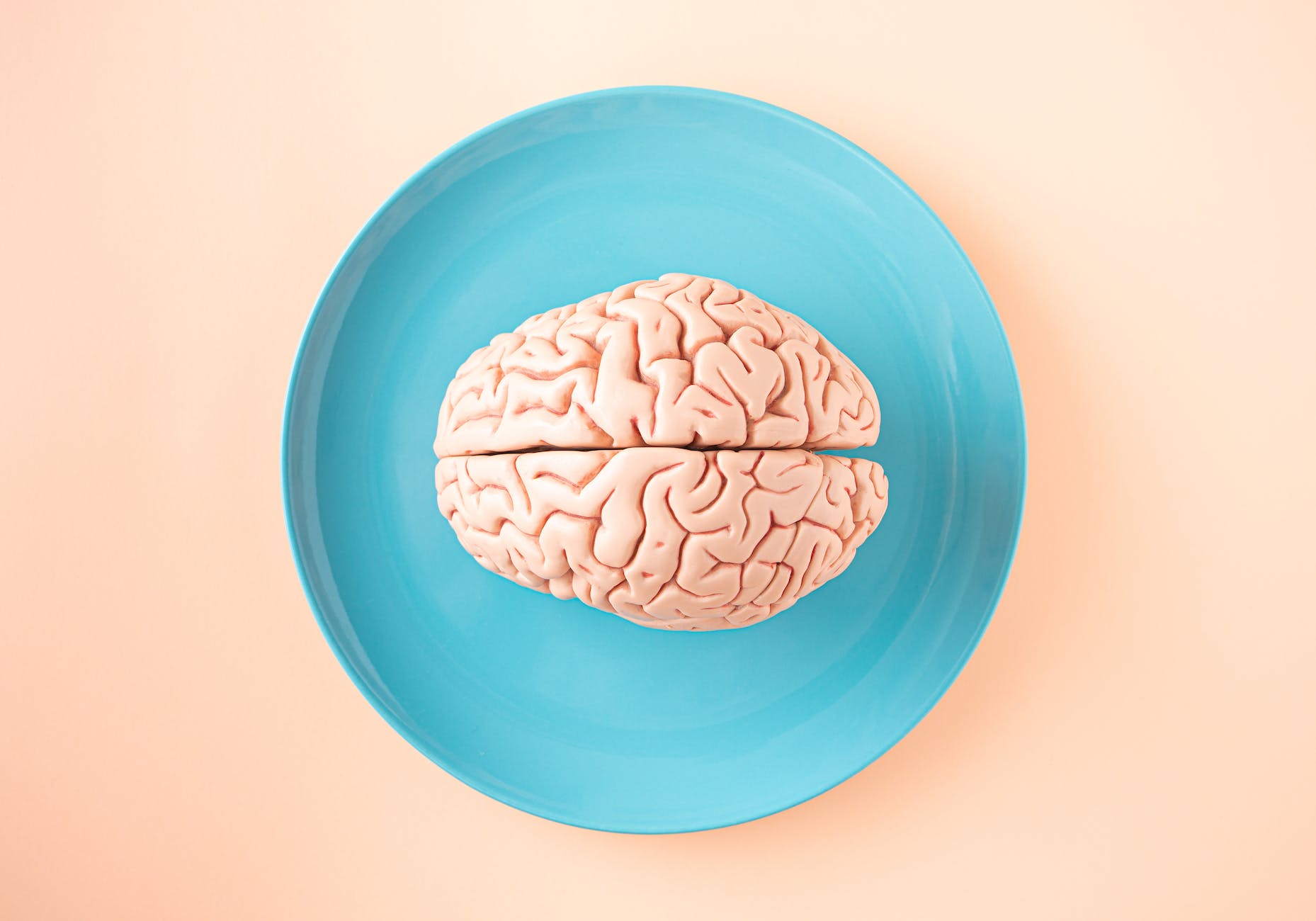Introduction:
Insomnia, that relentless companion of sleepless nights, has long been associated with various health issues. However, a recent study published in PLoS ONE sheds light on a concerning link between insomnia and cardiovascular health. In this meta-analysis, researchers delve into the world of sleeplessness to evaluate its impact on cardiovascular events. Let’s explore the implications of this study and what it means for those grappling with insomnia.
Insomnia: A Common, Global Concern:
Insomnia isn’t just an occasional bout of poor sleep; it’s a widespread sleep disorder and ranks as the second most prevalent psychiatric disorder globally. People living with insomnia endure not only restless nights but also a heightened risk of various health problems, including cardiovascular disease.
Understanding the Risk Factors:
Before we dive into the study’s findings, let’s consider some of the factors that make insomnia a potential precursor to cardiovascular issues. Hypertension, metabolic disorders, and diabetes mellitus are known risk factors for both insomnia and cardiovascular disease. The interplay between these factors and their cumulative impact on health forms the backdrop for this investigation.
The Research Endeavor:
Given the limited research on how insomnia affects cardiovascular outcomes, a comprehensive meta-analysis was deemed necessary. Researchers embarked on a quest for real-world data, aiming to establish a clear connection between insomnia and cardiovascular events. The primary outcomes under scrutiny were myocardial infarction (heart attacks) and cardiovascular mortality. Secondary outcomes included all-cause deaths and the incidence of cardiovascular disease.
A Methodical Approach:
To build a robust dataset, the research team cast a wide net, scouring databases like PubMed/MEDLINE, Cochrane Library, and Google Scholar. Their search spanned until August 2022 and included studies that compared predefined cardiovascular outcomes among individuals grappling with insomnia. Importantly, only records related to adults, observational studies, and secondary evaluations of original research were included.
Not All Records Make the Cut:
The researchers meticulously screened records, excluding studies involving animals or children, along with case-control studies, case reports, and case series. They also rejected studies that lacked comparators or controls. This stringent selection process ensured that the analysis focused solely on insomnia and related symptoms, such as difficulties in sleep initiation, maintenance, early morning awakening, and non-restorative-type sleep.
Revealing the Link:
The analysis ultimately comprised 21 records, encompassing data from 388,906 individuals with insomnia and 2,194,211 disease-free individuals, with an average age of 59 years. The duration of follow-up ranged from three to 20 years. The study’s findings were both compelling and concerning.
Elevated Risks:
Individuals battling insomnia faced significantly greater risks of cardiovascular mortality and myocardial infarction. Alarmingly, the risks weren’t limited to these critical outcomes. All-cause death risks and the incidence of cardiovascular disease were also substantially higher among insomniacs. The risk ratios (RR values) for these adverse events were notably higher among individuals with insomnia.
Long-Term Implications:
Digging deeper into the data, the researchers observed that insomnia was linked to increased long-term risks. When analyzing follow-up periods of 10 to 20 years, they found that all-cause deaths were notably higher among individuals with insomnia. These trends were consistent with the overall results, underscoring the enduring impact of sleeplessness on cardiovascular health.
Reducing Heterogeneity:
In a sensitivity analysis, the researchers excluded studies that were underpowered or failed to account for confounding variables. This led to a reduction in heterogeneity within the dataset, further solidifying the study’s conclusions. Importantly, there was no evidence of publication bias, enhancing the credibility of the findings.
Exploring the Mechanisms:
The study didn’t stop at highlighting the risks but delved into potential mechanisms. The renin-angiotensinogen-aldosterone system, among others, was implicated in increasing mortality risk among insomniac patients. Psychological disorders like depression and anxiety, along with higher rates of self-harm and suicide, contributed to this association. The study also suggested that the hypothalamic-pituitary axis, abnormal changes in the autonomic nervous system, higher activity in the sympathetic nervous system, systemic inflammation, and atherosclerosis may be involved.
Implications for Clinical Practice:
The implications of this research are profound. It emphasizes the importance of evaluating cardiovascular risks in individuals with insomnia. Healthcare providers should adopt a comprehensive approach, considering not only sleep-related issues but also coexisting risks like coronary artery disease and smoking. Identifying and addressing insomnia early can be a crucial step in preventing cardiovascular events.
The Way Forward:
As we move forward, the study encourages further research. Adequately powered observational studies, meticulously controlled for confounding risk factors and sleep disorders, are needed. This deeper understanding can lead to improved treatments tailored to mitigate the cardiovascular risks associated with insomnia.
Conclusion:
This thorough meta-analysis has shown that the heart’s toll from insomnia is a stark reality. As we uncover the intricate links between sleeplessness and cardiovascular health, it becomes clear that addressing insomnia is necessary.
Cited Work
News-Medical.net. “Insomnia’s Toll on the Heart: Study Highlights Cardiovascular Event Risks,” September 26, 2023. https://www.news-medical.net/news/20230926/Insomnias-toll-on-the-heart-study-highlights-cardiovascular-event-risks.aspx?fbclid=IwAR3EnYxETlfcWF2ka4NXFUE5mV_CsVfW2ZnhkulGiuCjOXQB1LQpihKmrqw.
Share this blog and may your knowledge grow:














